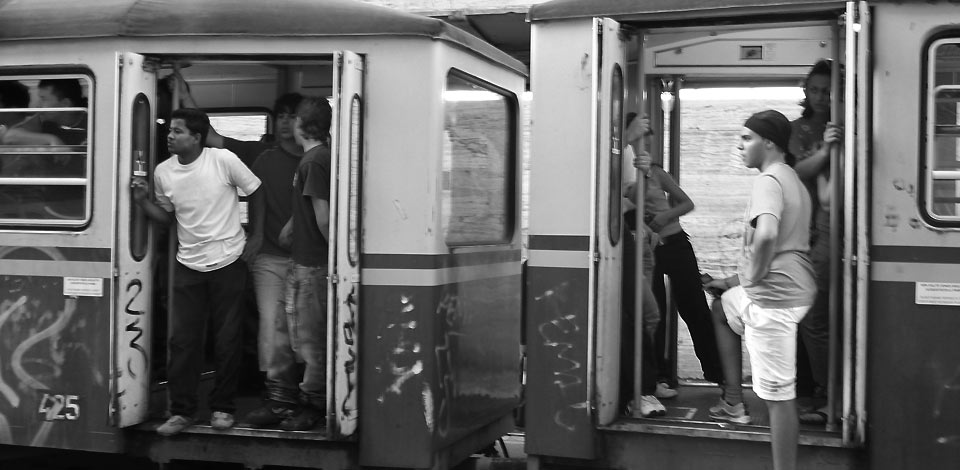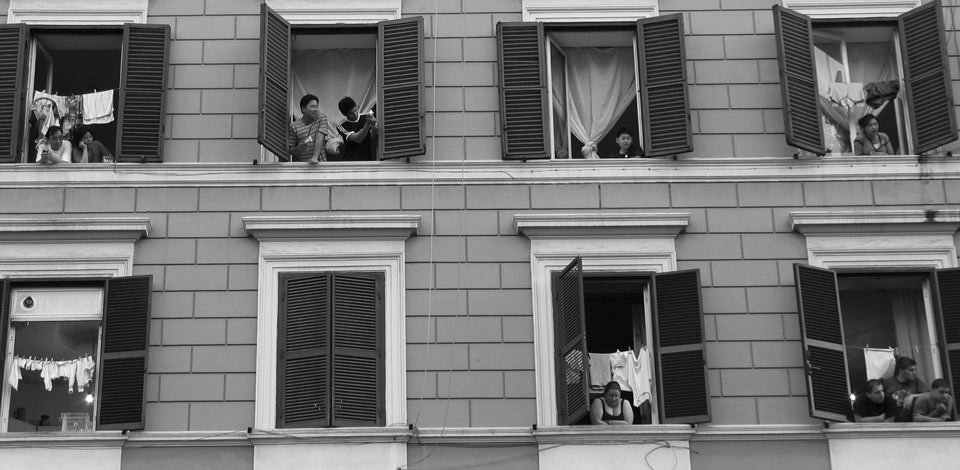FLUSSI MIGRATORI, MOBILITA' INTRA-UE, TRASNAZIONALISMO
Diversi Paesi europei si sono trasformati negli ultimi anni da essere Paesi prevalentemente di immigrazione ad essere un crocevia di flussi migratori sia in entrata che in uscita. Per rispondere a questi cambiamenti gli studiosi hanno adottato prospettive nuove, parlando sempre più di mobilità e migrazioni circolari.
In questo quadro, le due ondate di allargamento ad Est nei primi anni del 2000 hanno innescato un sostanziale cambiamento della mobilità intra-europea. Dal 2008, la crisi economica ha ulteriormente contribuito alla polarizzazione socio-economica interna dell’UE, generando così nuovi incentivi alla mobilità dei lavoratori. L’intensificarsi della mobilità Sud-Nord che ne è seguita ha aggiunto ulteriore complessità al panorama migratorio europeo.
L’attività di ricerca di FIERI esplora questa realtà mutevole in molte delle sue sfaccettature. Particolare attenzione è rivolta ai cambiamenti dei flussi migratori dovuti alla quota crescente di ricongiungimenti familiari e migrazioni forzate e alla crescente selettività nelle politiche di ammissione. Oltre a questi temi, FIERI indaga da anni la mobilità intra-europea e, in particolari, le migrazioni dell’Europa dell’Est (soprattutto della Romania) verso l’Europa meridionale e i flussi in uscita dai paesi del sud d’Europa aumentati dopo lo scoppio della crisi economica del 2008. In questo contesto, la piccola ma ben visibile componente Rom della mobilità est-ovest è un tema di particolare interesse. Un’altra linea di ricerca si concentra sulle motivazioni, i modelli e l’impatto della mobilità dei giovani e degli studenti, sia in entrata che in uscita. Tutti questi argomenti sono affrontati con costante attenzione alla dimensione transnazionale e al loro impatto sulle località e comunità di origine.
Migration patterns to and within Europe are changing. Traditional dichotomies, such as between sending and receiving countries, are getting blurred, with several countries evolving into complex crossroads of migratory flows, both inbound and outbound. Scholars have adopted new perspectives to make sense of these changes, talking for instance about mobility and circular migration. Intra-EU mobility, as transformed in the 2000s by the two waves of eastern enlargement, has played a major role in the restructuring of the European migration field. Since 2008, the economic crisis has further contributed to internal socio-economic polarization of the EU, thus generating additional incentives to labour mobility. An intensification in South-North crisis-driven mobility has added a further layer of complexity in the picture.
FIERI’s research explores this changing reality in many of its facets. We give special attention to changes in migration flows due to the increasing share of family and forced migration and to the growing selectivity in admission policies. Besides those issue, FIERI has been investigating intra-EU mobility paying special attention to Eastern European (especially Romanian) mobility to southern Europe and to outflows from Southern European countries which have increased after the outbreak of the economic crisis in 2008. In this context, the tiny but highly visible Roma component of East-West mobility is a subject of special interest. Another line of research focuses on drivers, patterns and impacts of student and youth mobility, both incoming and outgoing. All these topics are approached with constant attention to the transnational dimension of migration and mobility phenomena, and to their impact on localities and communities of origin.







